Top 8 Uncovered Email Marketing Myths That Can Hurt Your Campaigns In 2017
by Abdul Aziz Mondal Sales & Marketing Published on: 16 January 2017 Last Updated on: 20 May 2025
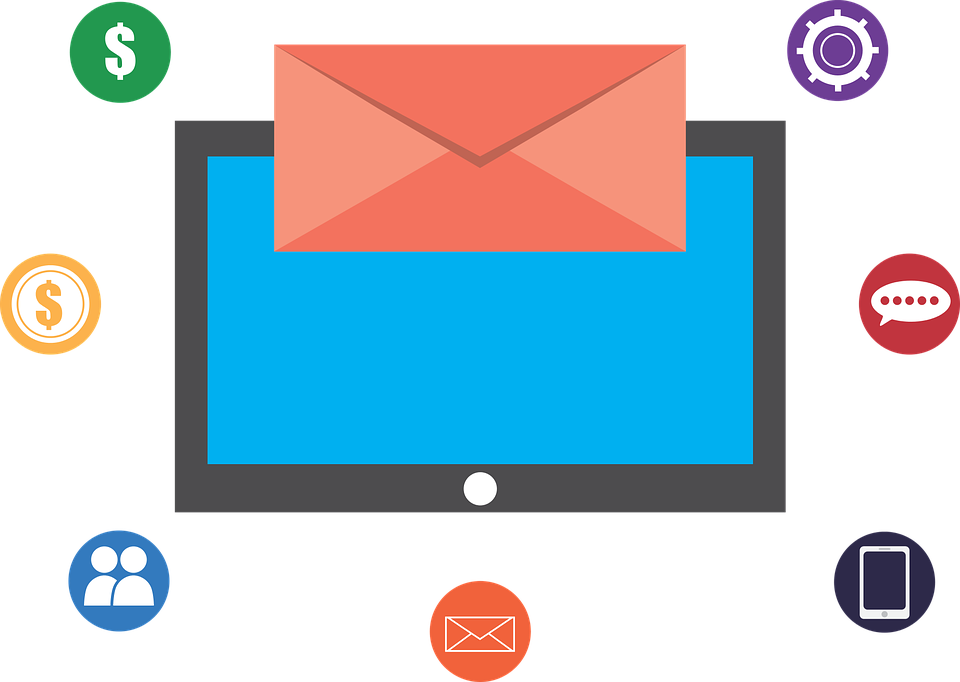
In the world of digital marketing, email marketing even today is considered to be the oldest one. More than a decade counts as a long time in digital marketing you know. Most email marketers even today aren’t seeing the ROI that they generally deserve for one major reason – as they have been operating under some major misinformation about phone calls.
Studies have found that many marketers even today are under several misconceptions while rolling out their marketing campaigns, and are even today blinded folded by myths and assumptions. So what happens next? You will lose out our potential subscribers who have been targeted with email marketing fundamentals. Given here are the top 10 uncovered email marketing myths that can continue to hurt your campaigns this 2017.email marketing
You should never send emails to customers more than one in a week:
When it comes to managing email frequency the amount of emails that you send depends on five major factors. Your company, industry, product, subscription level of engagement, and types of email you have been sending to your customers. Say for example a clothing retailer might continue to find high level of engagement from daily emails that they have been sending, followed by a manufacturing company may continue to enjoy healthy numbers from monthly newsletters.

Not getting credit for all the calls that you drive:
This is not true. You deserve to get all the credit for engagement, conversions, and revenue you have been driving from the email campaigns. Through the Invoca call intelligence solutions for the email, marketers can continue to see clicks and calls for their email marketing campaigns side by side. When someone calls you directly through emails, or if they have been clicking through the website you will here be able to see which campaigns and which email have driven the call.

We would require thousands of phone numbers:
This is again false. Invoca call details generally allow you to add the dynamic numbers of all your clients and customers in just a few steps. This is generally done for two major reasons. You don’t have to put individual tracking phone numbers in every email. You don’t need unique phone numbers for each email. These phone numbers then automatically populate your emails when a recipient opens it. If they call you from an email, or from your website Invoca then attributes a call back to the campaign and even to the individual emails.
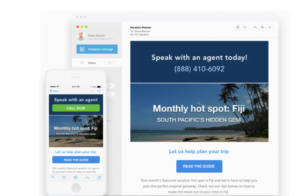
Subject lines should be short:
Marketers are generally obsessed with length. A shorter email campaign is thought to bring in a number of conversions, and the same is believed to be true when it comes to the shorter lead capture form. But this is not just the thing that matters in an email campaign. Marketers also believe that subject lines are more effective because the larger subject line will get a cut-off, and the recipient will not be able to read the entire thing and click through. The ideal subject line length is believed to be 41- 50 characters, and on mobile services, the subject line has to contain at least not more than 35 characters.

Best Day to send an email is Tuesday:
If you have a look at the days when emails are generally read, you will find that the best day when emails are read is on a single day of the week. There is no universal of which day is the best, as each and every business is different. The universal best day theory is generally based on the millions of emails sent across the industries, and averages are misleading. There are more emails sent during the weekdays rather than the weekend, so the next time you send out an email campaign is on a Saturday or Sunday.
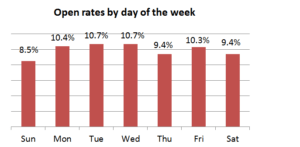
Content is the only way of keeping your readers interested and buying:
Devising the right email and matching up the same with your segment areas is critical. Different kinds of subscribers will have different motivational levels in order to open an email. As per the blue hornet consumers view report for 2014, discounts are generally believed to be the number one reason subscribers come up and sign up for emails. So have a look at what your subscribers generally like the most. Try and cater to their individual preferences, driving in more number of sales, discounts, promotions, work stories and more in order to make your email marketing campaign much more attractive.

Images are much more preferred than texts:
Pictures speak thousands of words. Yes, this is something that is not so true. The respondent’s interest governs of what they generally like to have a look in the email. So make sure that you do not use more images, as some just view emails with images off by default. Text even today is a preferable and safe practice. Studies have shown that up to 67% of the b2b recipients and 42% will see disabled images in your email when the alt tags have been used.
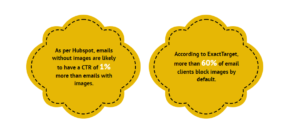
Mornings are the best time you could send in emails:
This is a myth that has been around for a quite long time. Retention science has found that most online shoppers continue to stay active later in the day typically during the day, but continue to receive shopping related promotional emails early in the morning. Again you ought to test what really works out well for your campaigns and what not.
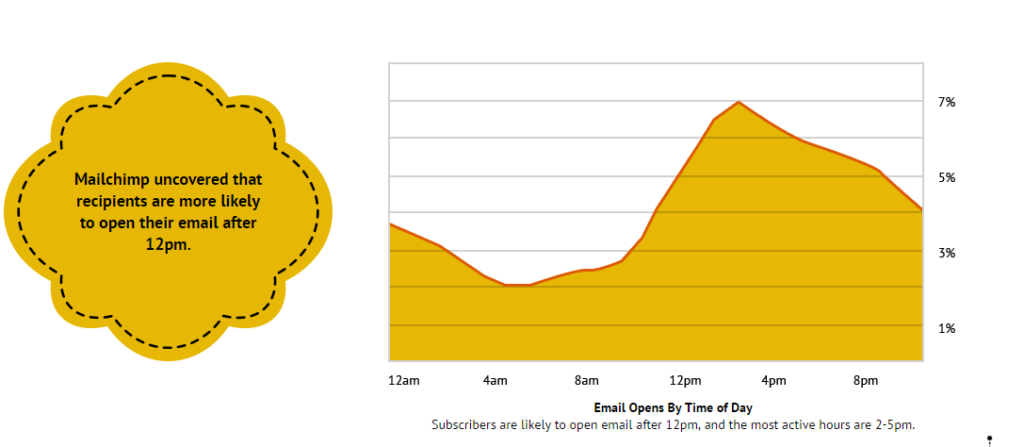
To conclude:
It is really not easy to become successful when it comes to an email marketing campaign, which is why the rewards are so large for the ones who understand and turn out to be right. So don’t just follow these practices blindly and instead understand what really works out for you and your business. So what are your favorite email marketing myths? Looking follow to have the discussion done below.
Read Also:



































































































